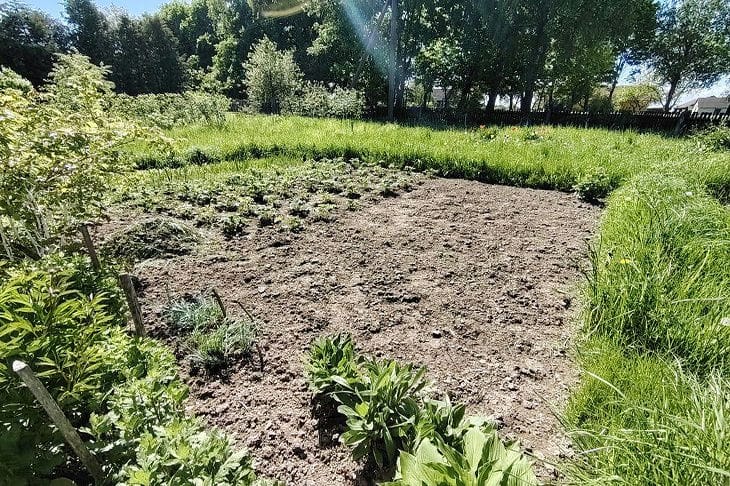How to Prepare Beds for Planting Winter Garlic: Key Stages for a Rich Harvest
Preparing beds for planting winter garlic is an important stage on which the future harvest depends.
Properly prepared soil ensures good rooting and development of plants, protects them from diseases and pests.
It is important to prepare in advance so that the plants can successfully survive the winter and provide a bountiful harvest.
Choosing a location for beds
For planting winter garlic, it is better to choose a well-lit area with neutral or slightly acidic soil.
It is important to consider crop rotation: garlic should not be planted after onions, potatoes or tomatoes, as these crops deplete the soil and can transmit diseases to garlic.

It is best to choose areas where legumes, cabbage or green crops previously grew.
The illumination of the area also plays a significant role, since garlic needs a lot of light for normal growth and development.
Soil preparation
Preparing the soil for garlic begins with careful processing of the beds. First, the area is dug to the depth of a shovel blade, removing weeds and their rhizomes. Then organic fertilizers are added: humus or compost.
The fertilizer should be evenly distributed over the entire surface of the bed and thoroughly mixed with the soil.
This helps to improve its structure, increase fertility and improve the penetration of water and air to the roots of plants.
Fertilization and improvement of soil structure
To increase soil fertility and provide garlic with all the necessary nutrients, it is recommended to add mineral fertilizers to the beds.
Phosphorus and potassium fertilizers are applied in the fall when preparing the beds so that they have time to dissolve and become available to plants.
Nitrogen fertilizers are applied in smaller quantities, since excess nitrogen can stimulate excessive growth of green mass to the detriment of bulb formation.
Formation of beds and mulching
After applying fertilizers, the beds are formed, giving them the required height and width.
The height of the beds should be about 20-25 cm to ensure good drainage and avoid water stagnation, which is especially important in winter.
The width of the bed is chosen to be convenient for plant care. After forming the beds, it is recommended to mulch the soil.
Mulch made from straw, sawdust or leaves helps retain moisture, protects the soil from erosion and suppresses weed growth.
Watering and care before planting
Prepared beds must be thoroughly watered to create favorable conditions for the garlic to take root.
It is important to remember that the soil should be moist, but not over-watered. Before planting, it is recommended to cover the beds with agrofibre or film to protect them from washing out and freezing.
Regular care of prepared beds before planting allows you to create optimal conditions for the rooting of garlic and its subsequent growth.
